In 1965, New York's critics were in agreement about the merits of Robert Wise's The Sound of Music. Pauline Kael described the film as "the sugar-coated lie that people seem to want to eat". Brooks Atkinson, the New York Times critic, said that "the scenario of The Sound of Music has the hackneyed look of the musical theatre [that Rodgers and Hammerstein] replaced with Oklahoma! in 1943". His colleague Bosley Crowther dismissed the film as "romantic nonsense and sentiment". Judith Crist, at the New York Herald Tribune, deemed it suitable only for "the five to seven set and all their mommies."
The mostly scathing notices did little to deter sales for a film released in Hong Kong as Fairy Music Blow Fragrant Place, Place Hear and in Argentina as The Rebellious Novice.
By the end of its global run, The Sound of Music had grossed $286,214,076 worldwide. Adjusted for inflation, that's more than $2.366 billion at 2014 ticket prices, making it the fifth-highest-grossing film of all time.
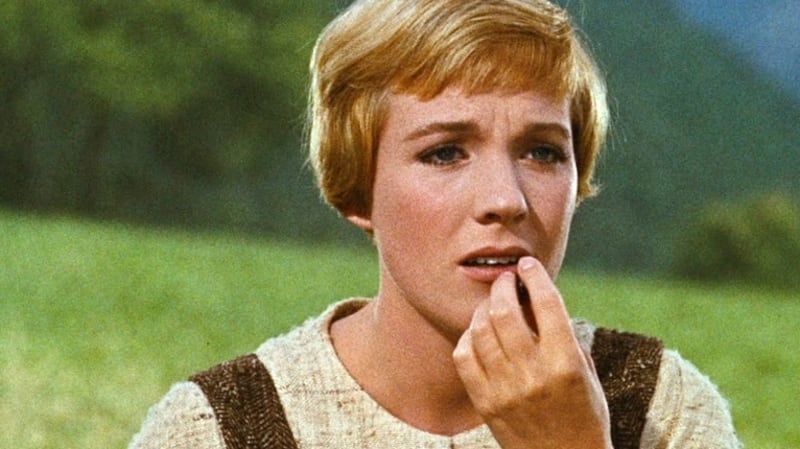
The Sound of Music was on a roll. ABC paid $15 million to become the first American TV network to broadcast the film, in 1976. The fee was good for one airing. During the cold war the BBC programmed the film to play on a 100-day-loop in the event of a nuclear strike. (Because it's important to know that a female deer is called a doe just ahead of the extinction of all species.)
An odd white-bread blot on the countercultural landscape, only The Beatles' Sgt Pepper's Lonely Hearts Club Band outsold The Sound of Music soundtrack in the UK during the 1960s.
Until Adele's 21, the same OST was the biggest selling album of all time on the US Billboard 200, having featured on the top 10 for a record 109 weeks, initially from May 1st, 1965, to July 16th, 1966.
The studios scrambled to replicate that success, commissioning a series of musical transfers, including such famous box-office bombs as Doctor Doolittle, Camelot and Hello Dolly.
Unlikely hit
Hollywood was discovering, in its seriously expensive way, The Sound of Music was an altogether unlikely hit. A song-heavy musical, featuring minimal plotting and hardly any choreography, it could not have been less fashionable, even as musicals go.
Its Tony-winning source material, which premiered on Broadway in 1959, seemed to mark the end of an era. Oscar Hammerstein had already been diagnosed with cancer when he and Richard Rodgers began working on a new musical based on Maria von Trapp's memoirs.
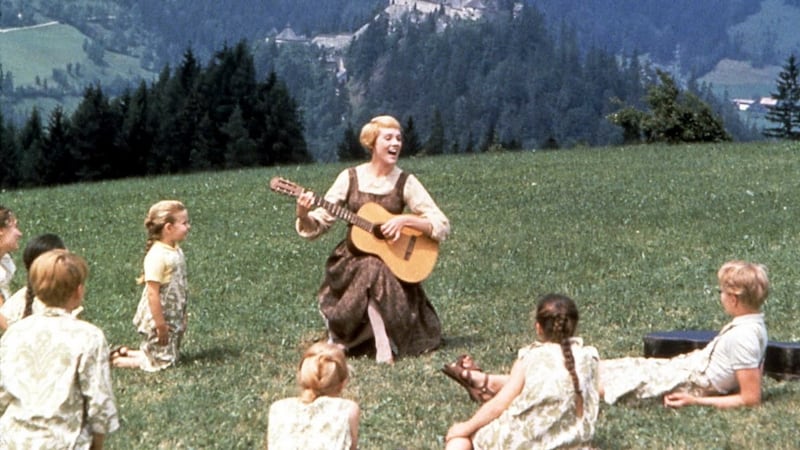
It was the last production from the winning team behind such classic musical-plays as Carousel, The King and I and South Pacific. They had wanted to call it Love Song, until their lawyers got nervous.
The final number Hammerstein wrote was Edelweiss, which was added during rehearsals and shortly before his death in August 1960.
The song is not based on a traditional Austrian air, nor is it, contrary to the belief of the Reagan administration, the Austrian national anthem.
Ronald Reagan was a confirmed fan of the movie. On the eve of the 1983 G7 summit, chief of staff James Baker prepared a report for the president which he didn't read. "Well, Jim," he explained, unapologetically, "The Sound of Music was on last night."
Thus, in 1984, Edelweiss was played at the White House as a tribute to Austrian president Rudolf Kirchschlager during a state visit.
Happily, schnitzel with noodles – a dish which is not a thing in Mitteleuropa or, indeed, anywhere outside of the lyrics of My Favourite Things – was not served at the same state dinner.
Imaginary menu pairings are the least of The Sound of Music's deviations from history.
The Trapp Family Singers were a real band for almost 30 years and, within months of their arrival in America, became Columbia's biggest choral draw. But there were 10 von Trapp children, not seven. The family escaped the Nazis by unexcitingly taking the train to Italy. Had they taken the mountainous route suggested by the movie, they would have ended up in or around Adolf Hitler's eyrie.
Cameos
The real Maria Augusta Kutschera, who cameos in the 1965 film, left the convent to tutor one child, and was not in love with Captain von Trapp when she married him. "I really and truly was not in love," Maria wrote in her 1948 memoir. "I liked him but I didn't love him. However, I loved the children, and so in a way I really married the children."
Maria was not the flibbertigibbet or will-o'-the-wisp depicted in (How Do You Solve a Problem Like) Maria; she was, rather, the sterner of the two von Trapp parents.
She did not teach the children how to sing. They were actually coached in four-part harmonies by Father Franz Wasner, a young priest who came to the von Trapp villa in 1935. The family group was later championed by Lotte Lehmann, the soprano muse of composer Richard Strauss.
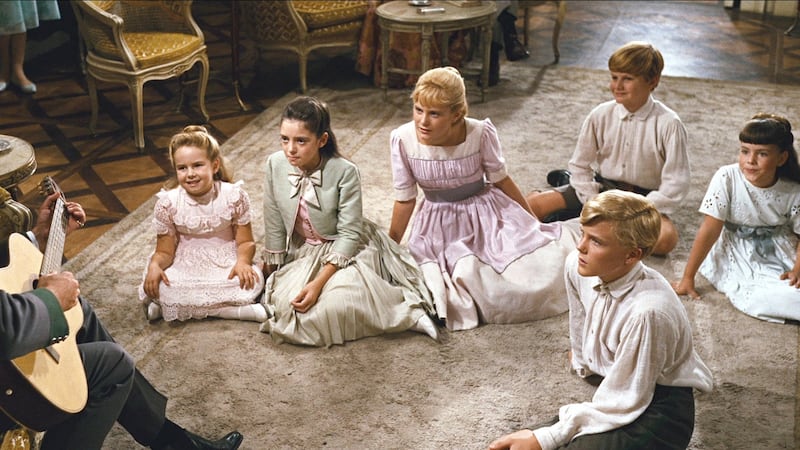
The eldest von Trapp child was not “16 going on 17”. He was a New England doctor called Rupert who was 54 years old when the film was released. And he certainly never dated a Nazi.
There were two von Trapp films before The Sound of Music. The Trapp Family (1956) and The Trapp Family in America (1958) were such sizeable box office hits in West Germany that Hollywood came circling. Paramount Pictures purchased the United States film rights, intending to produce an English-language version with Audrey Hepburn as Maria.
When that didn't come to pass, Paramount dropped the option. The project's director, Vincent J Donehue, suggested that the material might make a stage-musical and vehicle for Broadway star Mary Martin.
Various tweaks later, the resulting Rogers and Hammerstein musical ran for 1,443 performances in New York.
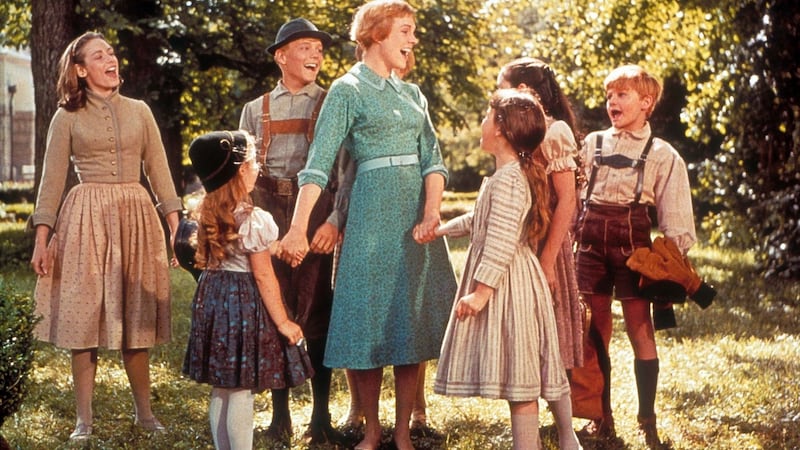
In December 1962, 20th Century Fox president Richard D Zanuck hired Ernest Lehman to write the screenplay for the film adaptation of the hit show. Lehman originally approached director William Wyler before reuniting with the film-maker Robert Wise. He and Wise had previously collaborated on the Oscar-winning West Side Story in 1961.
Wise wasn’t keen at first. He felt the material was too saccharine.
He wasn't alone. Christopher Plummer, who played Captain von Trapp, hated the film so much that he called it The Sound of Mucus or S&M. "Because it was so awful and sentimental and gooey," he said. "You had to work terribly hard to try and infuse some minuscule bit of humour into it." Throughout production, he drowned his sorrows in Salzburg's many taverns, developing a fondness for schnapps and pastries, which caused him to gain so much weight that his costumes had to be let out.
‘Arrogant’
On the commentary of the 35th anniversary edition of the DVD, Plummer admitted that he was dead drunk during the music festival sequence. “I was a pampered, arrogant, young bastard spoiled by too many great theatre roles,” he said.
Speaking to The Irish Times at the film's 50th anniversary screening in 2015, Julie Andrews said of her reluctant co-star: "He started out of love and fell in love. He very quickly realised that it was so well crafted and so well done. In fact, he's been wonderful about it for many years."
Julie Andrews was screenwriter Lehman's first choice. But 20th Century Fox were less enthused and suggested Doris Day, Leslie Caron, Grace Kelly, and Anne Bancroft to play opposite Bing Crosby.
Dame Andrews, in 1964, was nothing like a dame. She had no box office traction. She couldn't play a guitar. She had won acclaim as Eliza in My Fair Lady on Broadway in 1958 and yet was passed over for the film version. Jack Warner of Warner Brothers, insisted on hiring Audrey Hepburn, an audience draw who required all of her singing to be dubbed for the film version.
Andrews' Broadway My Fair Lady co-star Rex Harrison was bitterly disappointed when the 35-year-old Hepburn was cast as the 19-year-old Eliza, saying: "Eliza Doolittle is supposed to be ill at ease in European ballrooms. Bloody Audrey has never spent a day in her life out of European ballrooms." When he finally accepted an Academy Award for his role, he was careful to thank his "two fair ladies".
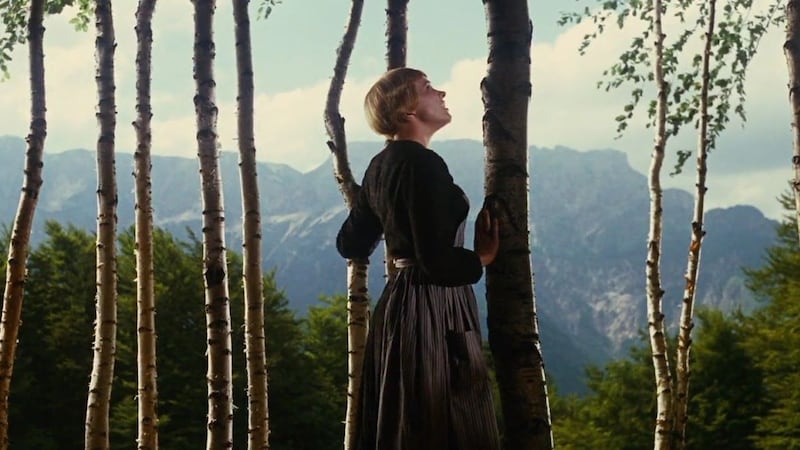
Alternate studio suggestions for Captain von Trapp included the same Rex Harrison, Maximillian Schell, Yul Brynner (who lobbied heavily for the role), Richard Burton, and, most bizarre of all, Sean Connery.
Mia Farrow, Sharon Tate and Teri Garr all auditioned for the part of Liesl but lost out to Charmian Carr.
Andrews, meanwhile, almost turned the role of Maria down, fearing that it was too similar to the work she had completed on the yet unreleased Mary Poppins.
Even with personnel in place, Robert Wise’s film was a troubled production. Rain ensured that the tight six-week Salzburg filming schedule became an 11-week-shoot.
Almost drowning
Speaking at a 2010 von Trapp reunion on Oprah, Kym Karath, who played five-year-old Gretl, recalled almost drowning during the second take of the overturning rowboat scene: "I went under, I swallowed a lot of water, which I then vomited all over Heather (Menzies-Urich)," she said.
Austrian officials, indignant at the suggestion that they had been second World War collaborators, objected to the notion of flying swastikas in Salzburg. They backed down when it was suggested the film would instead use archive footage of Hitler being welcomed to the city.
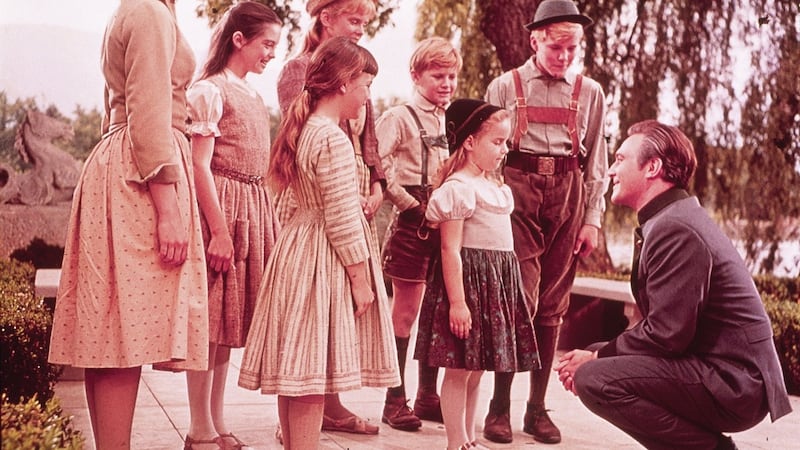
The children kept growing, but inconveniently, at different rates.
Unaccustomed to Austrian cuisine, tiny Kym Karath subsisted on a diet of fried artichokes and bread throughout the shoot, ultimately making her too heavy for Christopher Plummer to carry her across the Alps, as planned. Nicholas Hammond, who played Friedrich, grew more than 15cm during production, creating a nightmare for the continuity department.
And then there was the business with the helicopter. 20th Century Fox, having taken a huge financial hit from Cleopatra – the mega-bomb starring Elizabeth Taylor and Richard Burton – nearly cancelled The Sound of Music altogether, before relenting. They still balked at the idea of helicopter rentals, including the one that would sweep down on Andrews as she launched into the title song.
The same day’s rental had to cover both that shot and the sequence wherein the family escape over the Alps, leaving poor Julie Andrews to fall on her arse repeatedly in wet, challenging temperatures.
Every time she twirled with her arms outstretched, the downdraft of the helicopter knocked her over. And every time, she’d sportingly wipe down the mud of her skirt, pull the grass out of her hair and start over.
After five painful, rainy takes, she signalled to the helicopter that enough was enough. But they couldn’t hear her over the noise of the blades and kept going for five more. She was paid $225,000, without any share of the profits, for her efforts.
The 70mm version of The Sound of Music is at the IFI from June 15th



















